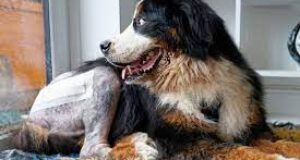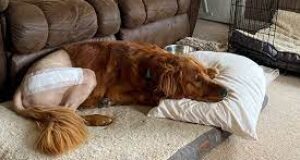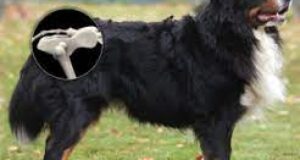Picture an old warrior—battle-worn but unbroken—standing at the edge of a battlefield. His joints ache like rusted hinges, his movements once swift like a river, now slow like the turning of ancient clockwork. This is the reality of a dog suffering from hip dysplasia, a cruel thief that robs them of their joy, reducing playful leaps to painful limps. Dog hip replacement stands as a beacon of hope, but like any great endeavor, it comes with uncertainties. The success rate of dog hip replacement is the defining question—the roll of the dice that determines whether the battle is won or prolonged.

1. The Odds of Success: A Game of Precision
In the grand chessboard of veterinary medicine, dog hip replacement is a move that requires strategy, skill, and luck. On paper, statistics shine bright—over 90% of cases report significant improvement, with many dogs regaining their full mobility. But success is not just a number; it is a journey where every step counts.
Factors That Tip the Scales:
- Dog’s Age & Health: A young, strong pup is like a fresh sapling—eager to heal. An older dog, however, is like an ancient oak, sturdy but slow to mend.
- Surgeon’s Expertise: In the hands of a master craftsman, even the most delicate glasswork can be perfected. The same goes for surgery—experience matters.
- Post-Op Care: Surgery alone is like planting a seed in rocky soil—without care, it won’t flourish. Rehabilitation, pain management, and therapy define long-term success.

2. The Risk: Walking the Tightrope
For every light, there is a shadow. While most dogs emerge victorious, some stumble along the way. Complications, like unseen currents beneath a seemingly calm ocean, can disrupt the course of healing.
Potential Pitfalls:
- Implant Failure: Like a misfitted cog in a clock, a faulty implant can cause discomfort, requiring revision surgery.
- Infection: A wound, if not treated with care, can turn from a minor scratch to a raging wildfire.
- Leg Length Discrepancy: Some dogs, post-surgery, may walk unevenly, as if carrying an invisible weight.
3. The Post-Surgery Journey: A Phoenix Rising
The true test of dog hip replacement’s success does not lie in the operation room but in the long weeks that follow. A dog must relearn to trust its legs, to run without hesitation, much like a caged bird finding the sky again.
Essential Recovery Elements:
- Physical Therapy: Without movement, the new hip is like an instrument left to collect dust—unused and ineffective.
- Pain Management: Healing should not be a battle in itself. Proper medication ensures that pain does not overshadow progress.
- Owner’s Commitment: A dog may have the will to fight, but it is the owner who must hold the leash of patience and dedication.
4. The Light Beyond the Tunnel: A Second Chance at Life
For those who succeed, the reward is nothing short of a miracle. The dog that once limped like a weary traveler now chases its tail, leaps for joy, and runs like the wind. The bond between human and pet, tested through sleepless nights and cautious steps, grows stronger, forged in the fires of patience and care.
Every great endeavor—be it a knight embarking on a quest or a dog facing hip replacement surgery—comes with uncertainty. But in the end, the measure of success is not just in the numbers but in the wag of a tail, the gleam of newfound energy, and the return of a pain-free life.
Would you take that leap of faith, knowing that on the other side, a healthier, happier companion awaits?




